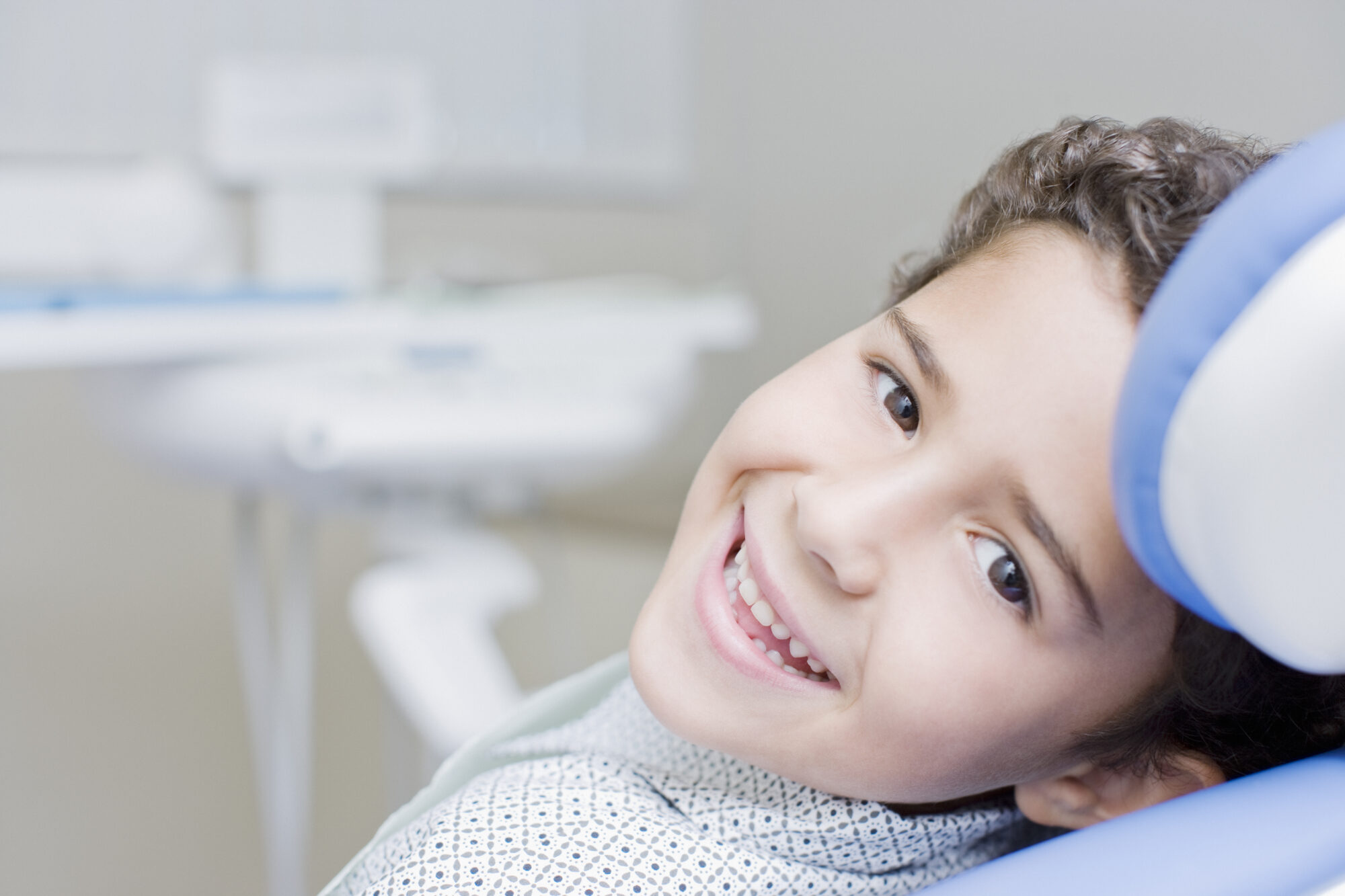Whether you’re a first-time parent or guardian or currently have multiple children under your care, you’ve probably heard a lot of conflicting advice about pacifiers and thumb-sucking. Like you, our team at Botsford Family Orthodontics has heard it all. But don’t worry, we’re here to clear up some of the confusion about how pacifiers and thumb-sucking affect kids’ smiles, not make it worse!
Pacifier & Thumb-Sucking: The Basics
Thumb-sucking is as natural to babies as giggles and naps; infants often suck on their thumbs or fingers in the womb! After birth, many children stick with their thumb, and some transition to a pacifier, a specially designed product that babies can suck on instead.
Sucking is an infant’s primary coping mechanism! It’s their first way of self-soothing, relaxing, and calming themselves when experiencing “big feelings”! With benefits like helping your baby fall asleep, reducing fussiness, and providing a temporary distraction, thumb-sucking and pacifiers can be incredibly helpful for parents during a child’s early months of life.
Bonus Benefit: Pacifiers can even reduce the risk of SIDs in children aged six months to one year!

The Impacts of Pacifiers And Thumb-Sucking
Too much of a good thing can create some problems, though, and unfortunately, thumb-sucking and pacifiers are no exception. Let’s check out the potential consequences.
Dental
The good news is that these habits are unlikely to cause any major dental issues in the short term, especially in babies and toddlers. However, if these habits linger past the age of three, they could start to leave a mark, quite literally, on your child’s teeth.
Prolonged thumb-sucking or the use of pacifiers can alter the mouth’s shape and the teeth’s alignment, creating one or more of the following misalignments:
- An Open Bite: The front teeth don’t meet when the mouth is closed
- A Crossbite: The upper teeth fit inside, or behind, the lower teeth
- An Underbite: The lower front teeth stick out in front of the upper front teeth
- An Increased Overbite: The upper front teeth vertically overlap the lower teeth past the standard amount
- An Increased Overjet: The upper front teeth are horizontally too far in front of the lower teeth
These malocclusions can make oral hygiene difficult and affect the functionality of the tongue and jaw. Poor alignments increase your child’s risk of having speech impediments, jaw pain, tooth decay, gum disease, and other complications. These side effects can have long-lasting or permanent effects on your child’s smile — even if they still have all their baby teeth!
Mental
As your child ages, their misalignment could also affect their mental health. Pain, insecurities, and judgment from others caused by the problems above could result in isolation, anxiety, and depression.
Physical
Their physical health is at risk, too!
- Children who can’t chew efficiently because of their teeth or jaw alignment have an increased risk of choking, experiencing discomfort during mealtimes, and having digestive issues. Eating can quickly become scary and uninviting if it is unsafe and uncomfortable.
- The abnormal pressure on a misaligned jaw joint can produce headaches, migraines, neck pain, and ear aches.
- Children who develop narrow air passageways from malocclusion can struggle to breathe through their nose, forcing them to breathe through their mouth, which increases their risk of sleep disorders and oral health issues.
How Do You Know If Your Child Needs Orthodontic Intervention?
The American Academy of Pediatric Dentistry states that if these habits continue beyond age three, they may lead to orthodontic problems. Having said that, it’s important to remember that every child is unique, and not all children who use pacifiers or suck their thumbs will need orthodontic treatment. So, how do you know if your child’s smile does need help?
We agree with the American Association of Orthodontists and recommend children receive an orthodontic evaluation by the age of seven, even if your child does not seem to have any of the previously mentioned signs or symptoms. Having a trained orthodontist, like our board-certified Dr. Botsford, examine them is the only way to know for sure if your child needs braces. Her and her team’s advanced technology and trained eyes can discover important information about the well-being of your child’s smile!
These early assessments set your child up for a lifetime of smile success and allow you time to plan for the future (if treatment is necessary). To learn more about orthodontic treatment for children, please see our blog about two-phase treatment.

Botsford Family Orthodontics Is Here For You Every Step Of The Way!
Our mission is to create confident, healthy smiles. Sometimes, that can mean providing metal, clear, hidden, or removable braces to patients of all ages. Sometimes, it can mean giving parents or caretakers the knowledge they need to look after their children’s health effectively.
Being a parent is hard enough, but with Botsford Family Orthodontics in your corner, you’ll have one less thing to worry about. No matter your orthodontic needs or concerns, Botsford Family Orthodontics is here to arm you with the tools to protect the entire family’s smiles.
Schedule a free consultation with us in Medford & start your family’s orthodontic journey today!
